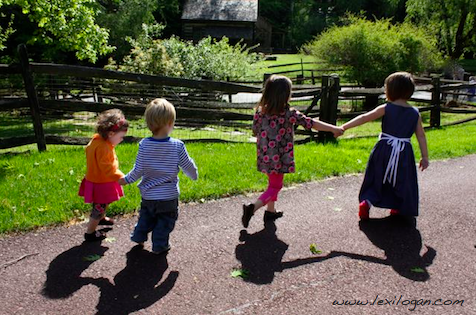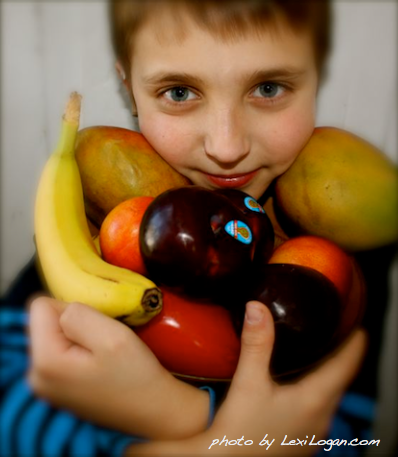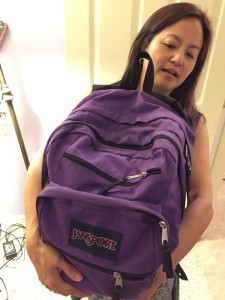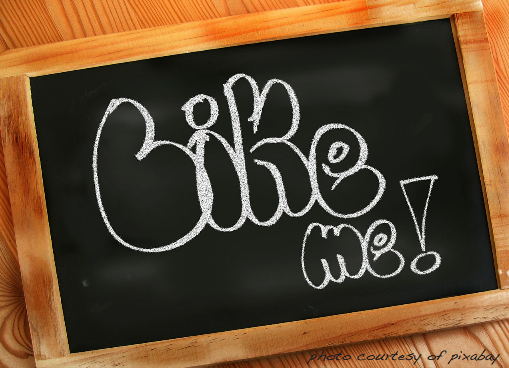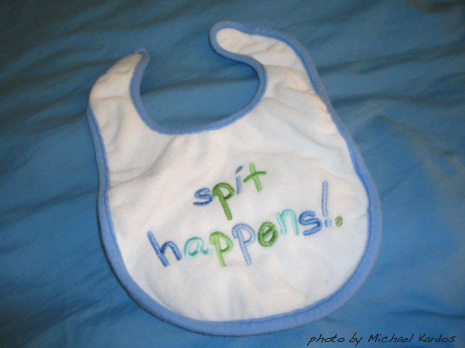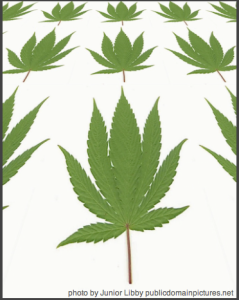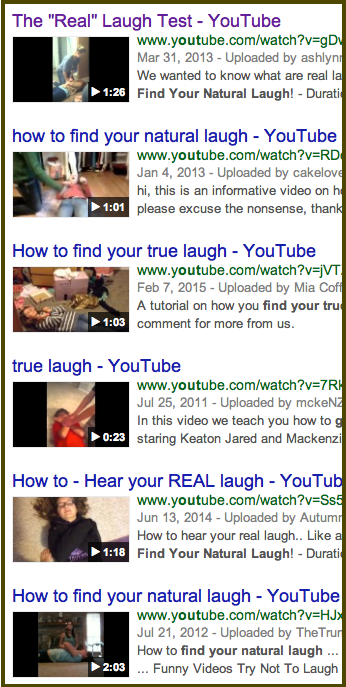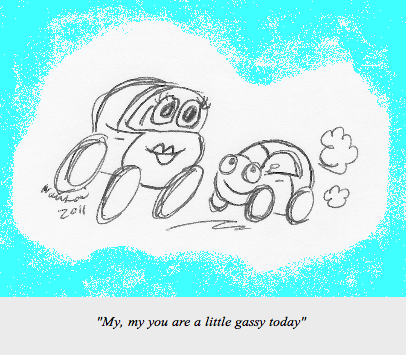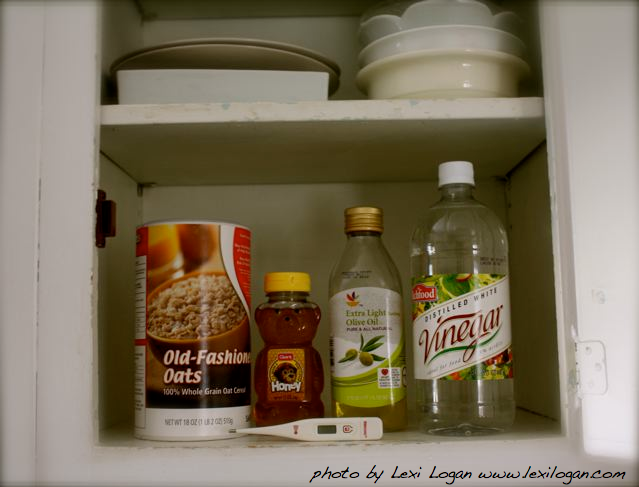Breast feeding your newborn: the first two weeks
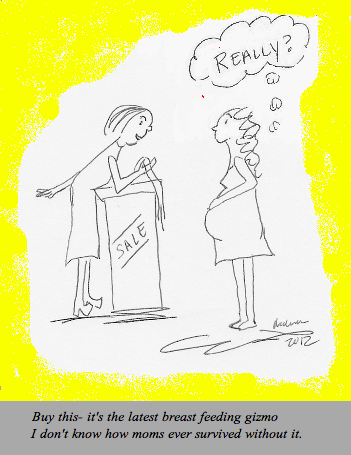 I always tell new moms that if you can breastfeed for two weeks, then you can breastfeed for two years. The point is, while our species has been breastfeeding for millions of years, sometimes it’s not intuitive. Getting to the two week point isn’t always easy, but once you’re there, you’ll be able to continue “forever.”
I always tell new moms that if you can breastfeed for two weeks, then you can breastfeed for two years. The point is, while our species has been breastfeeding for millions of years, sometimes it’s not intuitive. Getting to the two week point isn’t always easy, but once you’re there, you’ll be able to continue “forever.”
So, how to get through those first two weeks? Practice. Fortunately, your newborn will become hungry for a meal every two hours, on average, giving you many opportunities to practice. For the first few meals, a newborn can feel full after eating only one teaspoon of colostrum (the initial clear milk). The size of a person’s stomach is the size of his fist. For a baby, that’s pretty small. So relax about not making a lot of milk those first few days. But remember, your baby’s needs will change and she will start to require more milk. A nursing baby tells the mom’s body to produce more milk by stimulating the breast. Nurse more often and production will increase. Traditionally, moms are told to attempt a feeding every 2-3 hours. But babies do not come with timers, and Dr. Lai tells moms the interval of time between feeds is not as important as the number of times the breast is stimulated. Around 8-12 feedings a day is usually enough to get a mom’s milk to “come in.”
Some lactation consultants advocate allowing the baby to feed on one breast as long as she wants before switching sides. I am more of a proponent of efficiency (I had twins, after all). What works well for many of my patients for the first few days is to allow the baby to nurse for 5-8 minutes on one breast, then break suction and put the baby on the other breast for the same amount of time. If your baby still seems hungry, you can always put her back on the first breast for another five minutes, followed by the other breast again for five minutes. Work your way up to 10-15 minutes on each side once your milk is in, which can take up to one week for some women. Nursing the baby until a breast is empty gives the baby the rich hind milk as well as the initial, but less fatty fore milk. Close mom’s kitchen for at least an hour after feedings. Beware of being used as a human pacifier.
Advantages for this feeding practice:
- Prevents your newborn from falling asleep before finishing a feeding because of the activity of changing sides
- Stimulates both breasts to produce milk at every feeding
- Prevents mom from feeling lopsided
- Prevents mom from getting too sore
- Allows time in between feedings for mom to eat, drink, nap, use the bathroom, shower (remember, these are essentials of life)
- Teaches baby to eat in 30 minutes or less.
I have seen improved weight gain in babies whose moms breast feed in this way. However, if your baby gains weight well after feeding from one breast alone each feeding, or if you are not sore or dangerously fatigued from allowing your baby to feed for a longer time, then carry on!
How do you know if your baby is getting enough milk? While all babies lose weight after birth, babies should not lose more than 10% of their birth weight, and they should regain their birth weight by 2-3 weeks of life. Young babies should also pee and poop a lot (some poop after EVERY feeding) which is a reflection of getting enough breast milk. Count on about one pee diaper for each day of life and one poop diaper for each day of life (three days old = 3 poop diapers and 3 urine diapers). Yellow poop is a sign that milk in going through your baby. Good urine output shows that your baby is well hydrated. Your child’s doctor will weigh your baby by two weeks of life to make sure he “makes weight.”
Many good sources can show you different suggestions for feeding positions. Experiment to see which is most comfortable for you and your baby. If you notice one spot on a breast is particularly full and tender, position your baby so that his chin points towards that spot. This may make for awkward positions, but in this way, he drains milk more efficiently from the full spot.
When you first get home with your newborn, if the visitors in your house aren’t willing to do your dishes, then kick them out. It’s time to practice feeding.
Helpful websites:
To find a lactation consultant near you see the International Lactation Consultant Association
For our moms across the world and the States- La Leche League International and The Children’s Hospital of Philadelphia- breastfeeding tips for beginners
For moms in Bucks, Mongomery and Philadelphia Counties, Pennsylvania- Nursing Mother’s Advisory Council
Julie Kardos, MD with Naline Lai, MD
©2012, 2015 Two Peds in a Pod®
